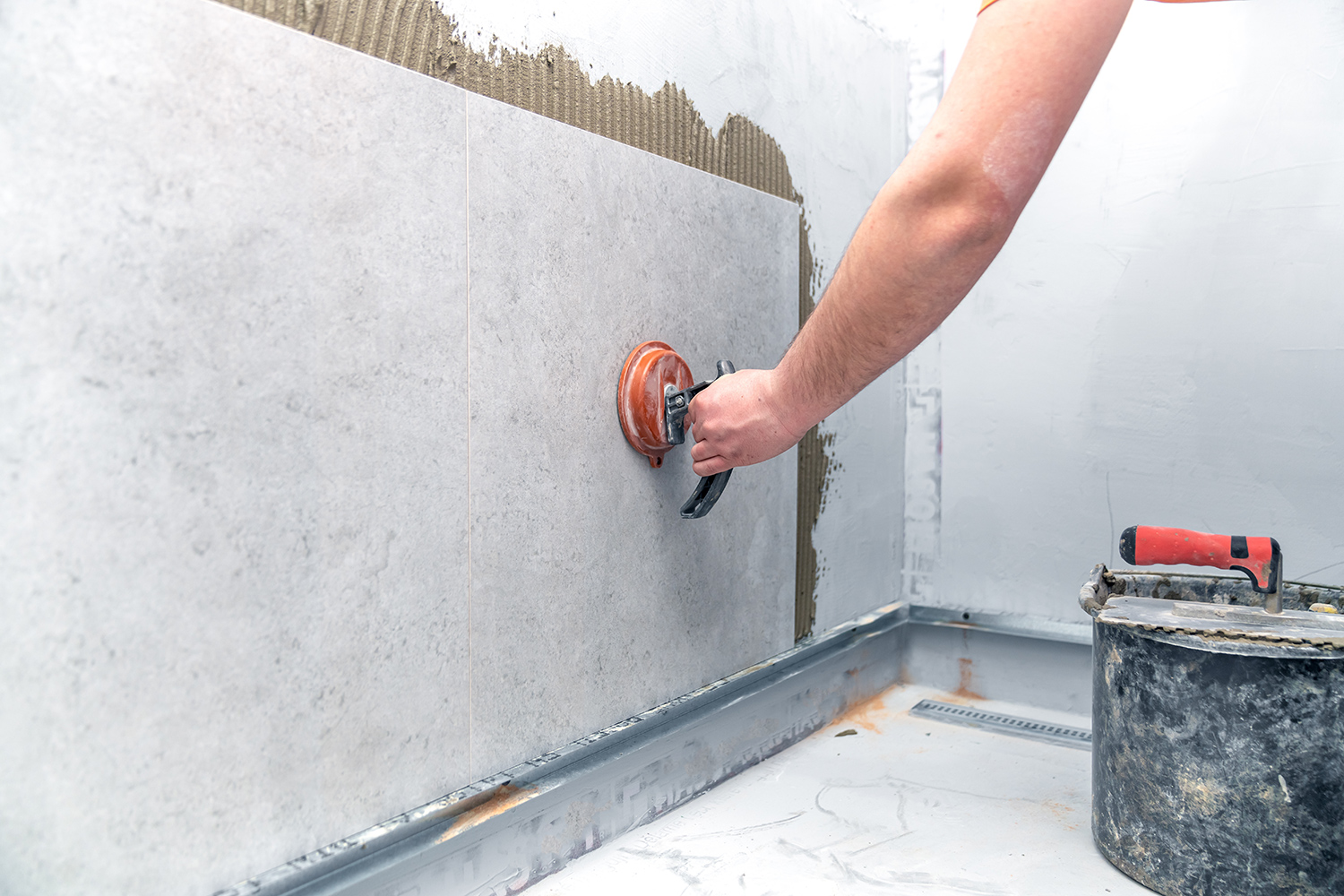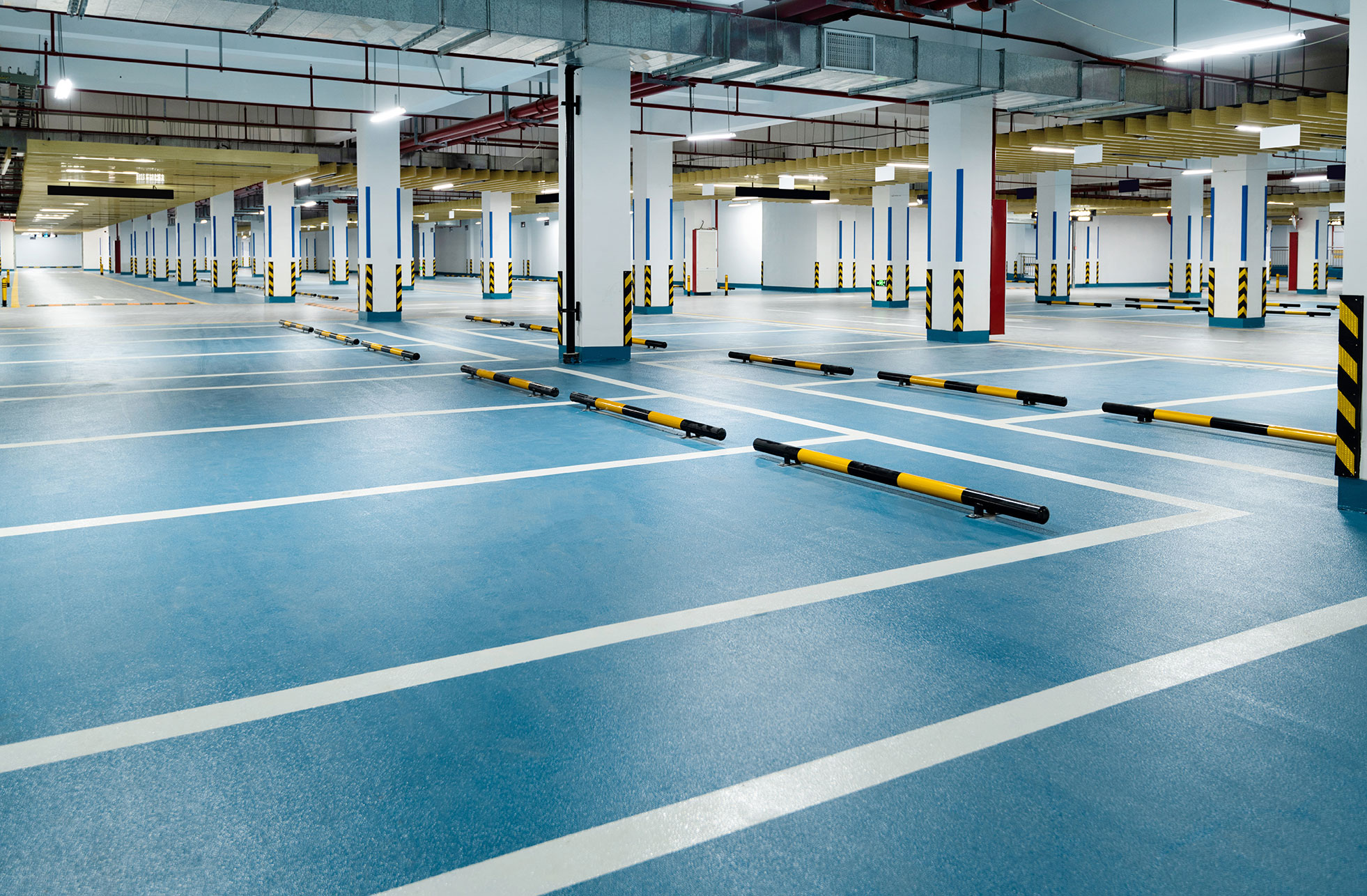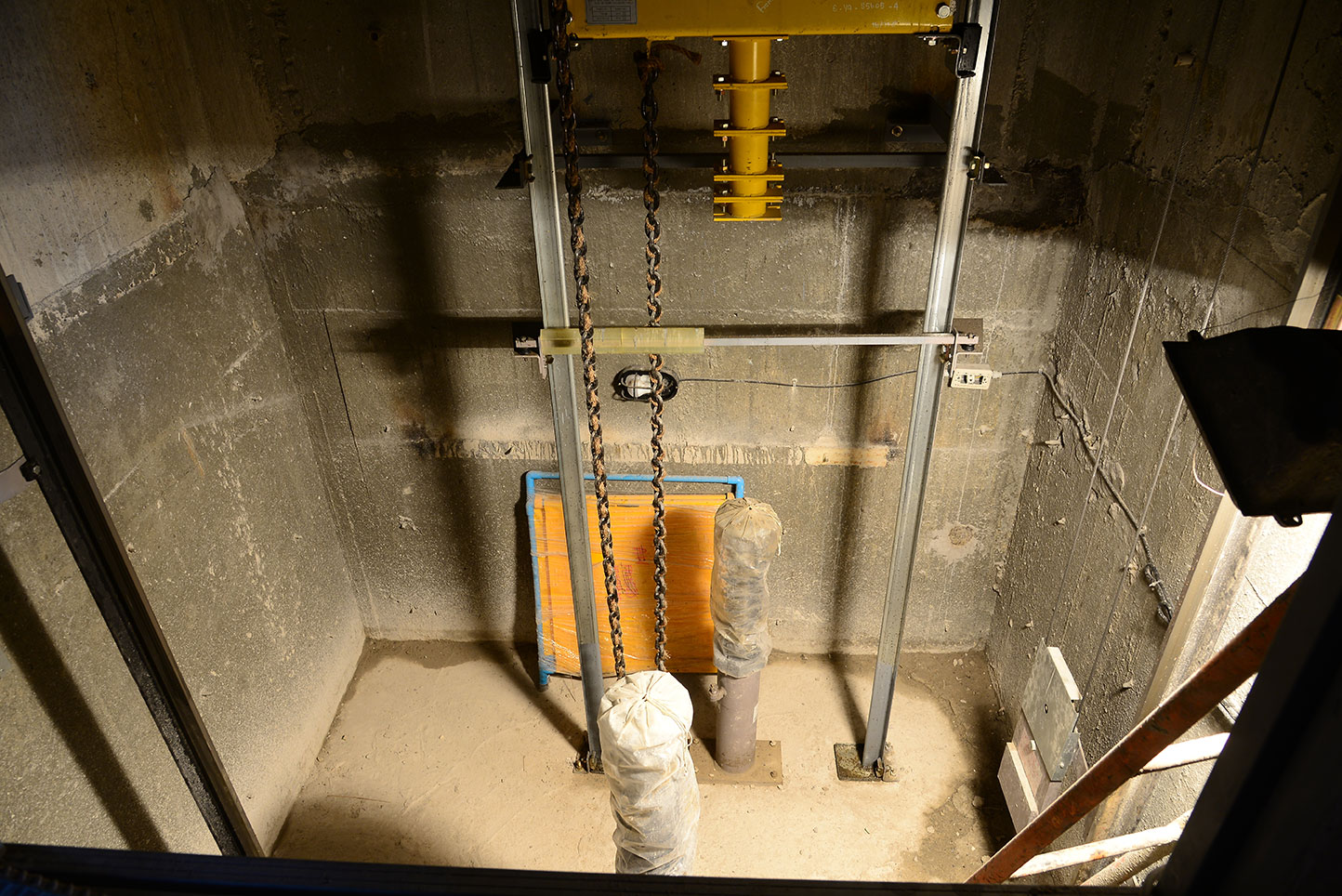
Adhesive for Large Format Tile: Complete Guide to Choosing the Best Tile Adhesive
ARDEX ENDURA
08 Jul 2025
06 Min
Large Format tiles have rapidly gained popularity, captivating homeowners and designers with their ability to transform spaces. However, their large size demands precise installation.
Choosing the right tile adhesives is crucial for a durable and visually appealing result. In this guide, we will explore the essential factors to consider when choosing the best adhesive for large format tiles.
What Are Large Format Tiles?
A tile is considered large format if the length of one side is more than 400mm as per IS standard, ISO standard, ANSI standard, BS EN standard, etc., Tiles with thickness range between 3 to 5 mm are normally designated as Slim tiles and are available from small size to as large as size of 5’ X 10’ also.
They are ideal for flooring, walls and countertops, offering a seamless aesthetic with fewer grout lines.
Their durability, low maintenance and wide range of finishes make them a popular choice for contemporary designs.
Why Choosing the Right Adhesive is Crucial for Large Format Tiles
Choosing the best tile adhesives is critical to ensure a strong, durable and seamless installation. Porcelain or ceramic tiles, especially large ones, demand a strong and durable adhesive to support their weight.
The adhesive should minimise lippage, ensuring a smooth and even surface while preventing any future detachment. It should also be water resistant as it is crucial for wet areas like kitchens and bathrooms to safeguard against moisture damage.
Best Tile Adhesives for Large Format Tiles
Tile Adhesive Requirements
- Adhesive used for the installation of Large format / slim tiles should be of long open time to prevent drying / skinning before the tile is installed.
- Tensile adhesion strength / pull-off strength of large format tile adhesive must be higher to be able to take the stress from both the substrate and the LFT
- Adhesive shall be engineered in such a way that it can be applied at less thickness like 2mm and even at a higher thickness of 10-12mm.
- Adhesive should not allow installed tile to sag / slip from the position in order to avoid lippage and slip
- Adhesive should not transform the upcoming cracks in the structure to the installed large format / Slim tiles.
- Overall, specification to which adhesive must confirm is EN 12004 and IS 15477: 2019.
- Ardex Endura, ARDIFLEX S1, is the best tile adhesive for large wall tiles. The adhesive contains fiber-reinforcement to impede crack mitigation from the substrate to the tile.
Substrate Requirements
- Level and Flatness: Ensure the substrate is flat, level, and clean. Large-format tiles require a substrate with minimal undulation to avoid uneven installation.
- Surface Treatment: Remove dust, grease, or any contaminants. If necessary, use a primer to improve adhesion.
- Moisture Content: Check the substrate for moisture levels. Excessive moisture can affect the adhesive performance.
- Substrate Nature: Vibrating surfaces like plywood / metal should be rigid and strongly fastened to the structure to limit the vibration and deflection. Substrate tensile strength should be good enough to bare a dead load of tiles
Key Factors to Consider While Fixing Large Format Tiles
- Tile Size and Weight: Larger tiles, especially those with substantial weight, demand stronger tile adhesives to prevent slippage and ensure a long-lasting installation.
- Environmental Conditions: Consider factors like humidity, temperature and whether the installation is indoors or outdoors. Choose an adhesive that can withstand these conditions and provide optimal performance in the installation environment.
- Curing Time of the adhesive: The curing time determines how long the tiles must remain undisturbed before grouting or subjecting them to heavy use. Factors such as temperature, humidity and ventilation can influence curing time
. - Use Adhesive Trowel: For the application of adhesive, use “U” notch or “Square” notch trowel. Along with the application of adhesive on the substrate, it is advisable to use back buttering style for the installation of large format tiles. Make sure that the installed tile has obtained 100% adhesion with the adhesive rib pressed.
- Usage of Suction Cup: Use suction cups to handle and place large-format tiles, especially for heavy or delicate tiles. This minimizes the risk of breakage and ensures better control during installation
- Leveling System: Avoid Lippage: Use a tile leveling system to align adjacent tiles and prevent lippage (height differences between tiles).
- Regular Checks: Frequently check with a spirit level to maintain alignment.
- Tile Grout Joints: Use a high-performance, flexible grout compatible with large-format tiles. essential to accommodate minor movements caused by thermal expansion, contraction, or substrate shifts, preventing tile cracking. Grout joints also help distribute stress evenly across the tiled surface, improving the durability and longevity of the installation. Use Ardex Endura EPOXY GROUT, tile joint grout is available in a range of 200+ colours to meet every colour requirement. The grout is stain proof, bacteria resistant and US FDA certified (safe for direct food contact)
Common Mistakes to Avoid When Using Tile Adhesive for Large Format Tiles
- Insufficient Adhesive Coverage: This can lead to poor bonding and potential tile slips. Hence, ensure that the tile’s back and substrate are both covered evenly.
- Incorrect Trowel Size: This can result in inadequate adhesive distribution. Choose a trowel with the appropriate notch depth for the tile size and substrate.
- Not Considering Substrate Movement: This can cause stress on the adhesive, which can lead to cracking and delamination. Consider using flexible adhesives and expansion joints to accommodate movement.
Also Read: Installation Checklist For Large Format Slim Tile
Expert Tips for a Successful Large Format Tile Installation
- Plan Layout Before Starting: Plan your tile layout to minimise cuts and wastage and ensure a professional finish.
- Check for Flatness: An uneven surface can compromise the adhesion of the tiles and lead to issues like lippage and cracking.
- Use a Leveling System: Tile levelling system helps maintain consistent spacing and prevents lippage between tiles.
Conclusion
Installing large-format tiles demands careful preparation, the right materials, and proper techniques to ensure long-lasting performance. Begin with a clean, level substrate and select a high-performance, polymer-modified tile adhesive to handle the increased weight and size. Ensure full adhesive coverage using proper troweling techniques and back buttering, and use tools like suction cups and leveling systems for precise placement. Maintain uniform grout joints to manage stress and thermal movement, and include expansion joints to prevent cracking. By following these steps and prioritizing the quality of the adhesive, you can achieve a durable and visually flawless installation




